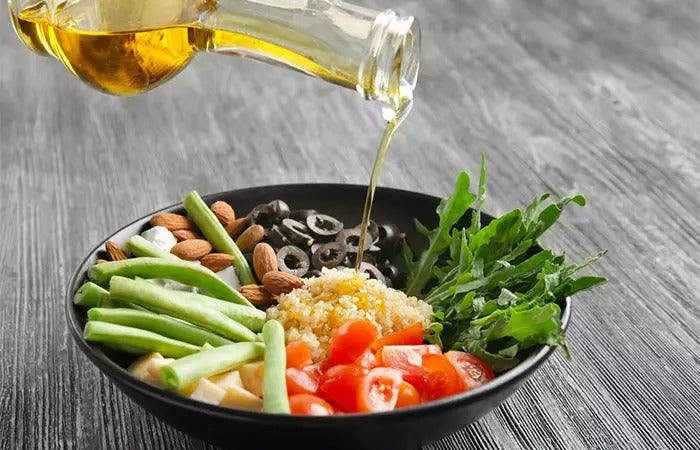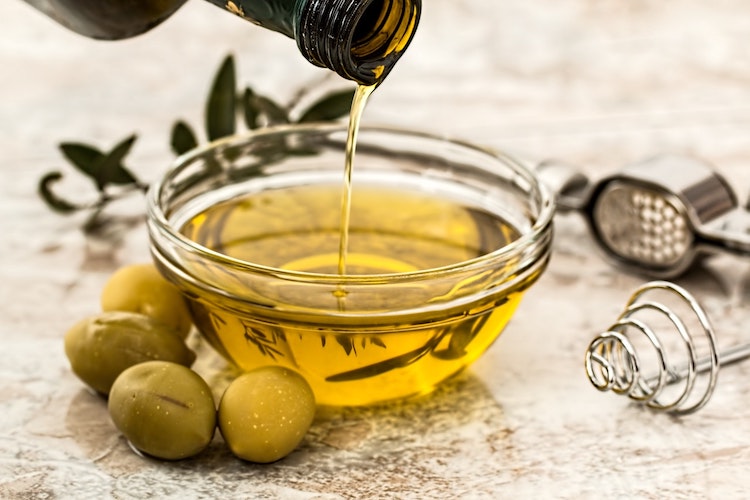Seasoning cast iron cookware is a must for both professional chefs and home cooks alike. When done correctly, it creates a smooth, non-stick surface that enhances your cooking experience and extends the lifespan of your pan. But what's the best temperature to season cast iron with grapeseed oil? In this guide, we'll dig into the details of this process.

Why Choose Grapeseed Oil for Seasoning?
Before discussing temperatures, let's understand why grapeseed oil is an excellent choice for seasoning your cast iron. Grapeseed oil has a high smoke point, around 420F, which means it wont burn and leave a sticky residue at typical seasoning temperatures. Moreover, it has a neutral flavor and is rich in polyunsaturated fats, reducing the likelihood of it becoming rancid.

The Science Behind Seasoning
What Does Seasoning Entail?
Seasoning involves applying oil to cast iron and heating it until the oil undergoes polymerization. This reaction creates a hard, non-stick layer on the pan's surface. The right temperature ensures the oil forms a durable seasoning layer without burning or turning sticky. For more on this topic, check out kitchen cleaning.
Polymerization and Smoke Points
Not all oils are the same. Each has a different smoke point, which is the temperature at which it starts to break down and smoke. Grapeseed oil's high smoke point makes it ideal for seasoning cast iron. Proper temperature control ensures the oil transforms into a durable, protective layer.

What Temp to Season Cast Iron with Grapeseed Oil?
So, what temperature should you use to season your cast iron skillet with grapeseed oil? For the best results, preheat your oven to 450F. This temperature is high enough to trigger polymerization while staying under grapeseed oil's smoke point.
Step-by-Step Guide
Heres a detailed, step-by-step guide to seasoning your cast iron skillet with grapeseed oil:
- Preheat your oven to 450F.
- Clean the cast iron thoroughly, removing any rust or old seasoning layers. Learn more about cleaning tips.
- Dry the skillet completely. Any residual water can cause rust during the seasoning process.
- Apply a thin layer of grapeseed oil to the entire surface, inside and out. Use a cloth or paper towel to distribute an even coating. Refer to our applying oil guide.
- Place the skillet upside down in the preheated oven. Put a sheet of aluminum foil on the bottom rack to catch any drips.
- Bake for one hour. Afterward, turn off the oven and let the skillet cool inside until it reaches room temperature.

Common Mistakes and Tips
Using Too Much Oil
A common mistake is using too much oil. Excess oil can create a sticky surface rather than a smooth, hard layer. Always apply oil sparingly and wipe off any excess with a paper towel.
Skipping the Preheating Step
Preheating the oven is crucial. It ensures the cast iron heats evenly and helps eliminate any moisture, allowing the oil to season effectively.
Not Allowing Proper Cooling
Allowing the cast iron to cool inside the oven lets the seasoning layer set properly. Removing it too soon can result in a less effective seasoning.
FAQs
What happens if I season at a lower temperature?
Seasoning at a lower temperature can lead to incomplete polymerization, resulting in a less durable non-stick surface. The oil might also not fully bond with the cast iron, making the seasoning less effective.
Can I use other oils besides grapeseed oil?
Yes, other oils like flaxseed, vegetable, or canola oil can be used. However, each has a different smoke point and may affect the outcome. Grapeseed oil is preferred for its high smoke point and neutral flavor.
How often should I season my cast iron skillet?
The frequency of seasoning depends on usage. For frequent use, seasoning every few months can maintain optimal performance. For less frequent use, twice a year might suffice. Check out more on seasoning frequency.
For more comprehensive guides about cast iron seasoning, visit Cook's Illustrated.
As an Amazon Associate, I earn from qualifying purchases.






Leave a comment
This site is protected by hCaptcha and the hCaptcha Privacy Policy and Terms of Service apply.